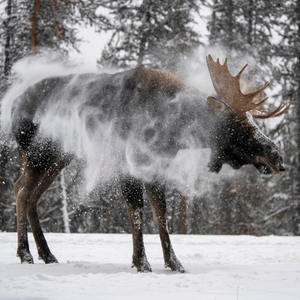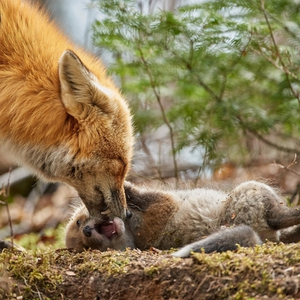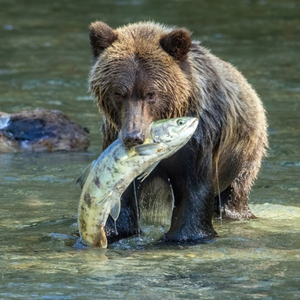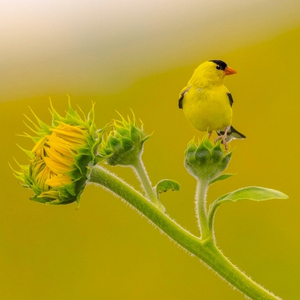The Relationship Between Photography and Conservation
In a world where nature is increasingly under threat, photography stands as a powerful bridge connecting people to the environment. Here’s how photography and conservation support each other and why this relationship is vital for both art and the environment.
A Lens into the Natural World
Photography has the unique ability to freeze moments in time, revealing details and perspectives that might otherwise go unnoticed. Through stunning visuals:
- Education and Awareness is Raised: Photographs of endangered species or threatened habitats bring global attention to environmental issues, helping people understand the importance of biodiversity and ecosystem health.
- Emotional Connections are Formed: Powerful images can evoke empathy and a sense of responsibility, motivating individuals to care about distant or abstract conservation challenges.
Conservation
For photographers, especially those focused on nature and wildlife, conservation is essential for their craft:
- Preservation of Biodiversity: Protecting species ensures that future generations of photographers can experience and document the full spectrum of life on Earth.
- Maintenance of Natural Landscapes: Conservation efforts keep ecosystems intact, providing photographers with pristine environments to explore and capture.
A Mutual Dependence
The relationship between photography and conservation is deeply intertwined:
- Photographers as Advocates: By sharing their work, photographers can influence public opinion and inspire action toward environmental protection.
- Conservation Benefits from Imagery: Organizations often rely on compelling visuals to promote their causes, raise funds, and demonstrate the impact of their work.
- Community Engagement: Photographs can galvanize communities, leading to grassroots movements that support local conservation initiatives.
Taking Action
Photographers can play a pivotal role in conservation by:
- Practicing Ethical Photography: Respect wildlife by maintaining safe distances and minimizing disturbance to natural behaviors and habitats.
- Collaborating with Conservation Groups: Offer skills to non-profits and NGOs to help document conservation efforts and successes.
- Educating and Inspiring Others: Host exhibitions, talks, or workshops to share experiences and the importance of protecting nature.
By recognizing this symbiotic relationship, we can make sure that the beauty of nature continues to inspire and that there remains a world worth capturing for today’s photographers and for generations to come.
Vote for your favourite nature photo!








